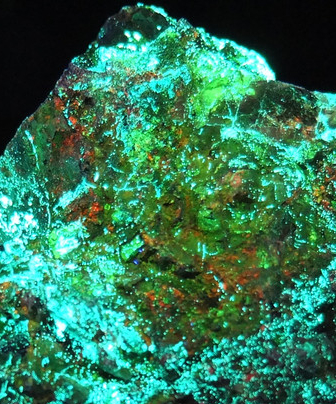Uranium research boosts future rehab
 A university student has developed a new and improved method for measuring the environmental impact of uranium mining.
A university student has developed a new and improved method for measuring the environmental impact of uranium mining.
Charles Darwin University environmental chemistry student Alison Sinclair says her method allows for the detection of certain types of atomic particles in the soils and sediments downstream from a uranium site.
“The method will have numerous applications within the future of uranium mining and exploration throughout Australia,” Ms Sinclair said.
“It will help us calculate the degree of erosion that may be taking place, and provide valuable information about the potential for contamination of soil and water.”
Sinclair said legislation required that a uranium mine’s waste by-products, which typically include highly radioactive liquid tailings, must be isolated and contained as part of a mine’s operational management and rehabilitation processes.
“In the case of the Ranger mine, where containment must last 10,000 years, the tailings will be buried,” she said.
“My method will examine sediment samples to see if radioactive contaminants are making their way downstream into rivers and creeks.”
Sinclair says the method can determine the presence of three factors: trace metals, radionuclides, and stable lead isotopes (the isotopes lead-206, lead-207 and lead-208 are the decay chain products of uranium-238, uranium-235 and thorium-232 respectively).
“It is the inclusion of stable lead isotopes that differentiates this method from other, less sensitive, methods.”
Sinclair tested her thesis with samples she gathered from a former uranium mine (Nabarlek), an operating mine (Ranger) and from a site rich in uranium, but which has not been mined (Koongarra).
She will present her thesis entitled ‘Stable Lead Isotopes, Trace Metals and Radionuclides in Sediments of the Alligator Rivers Region to Assess Impacts of Uranium Mining’ in mid-October.








 Print
Print